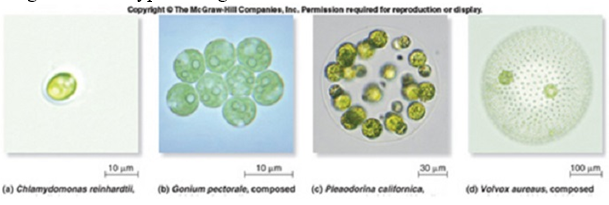Tritiated hydrogen (3H) differs from hydrogen (1H) in that
A. 3H has 2 more electrons than 1H.
B. 3H has 2 more neutrons than 1H.
C. 3H has the same number of neutrons as 1H.
D. 3H has a different electron configuration than 1H.
E. 3H has 2 more protons than 1H.
Answer: B
You might also like to view...
In order for transcription to be initiated
A. DNA polymerase must have access to the DNA double helix and must also be capable of binding to the gene's promoter. B. RNA polymerase must have access to the DNA double helix and must also be capable of binding to the gene's promoter. C. DNA polymerase must have access to the RNA and must also be capable of binding to the gene's promoter. D. RNA ligase must have access to the DNA double helix and must also be capable of binding to the gene's promoter. E. RNA polymerase must have access to the DNA double helix and also must be capable of binding to the gene's operator.
Select the statement that correctly describes differences among these four types of algae.

A. Chlamydomonas reinhardtil and Gonium pectorale cells are biflagellate, Pleodorina californica and Volvox have no biflagellate cells.
B. Chlamydomonas reinhardtil is single celled and biflagellate, while Gonium pectorale, Pleodorina californica and Volvox are multicellular with a single flagella on all cells.
C. Chlamydomonas reinhardtil is single celled, Gonium pectorale is composed of identical cells, and Pleodorina californica and Volvox are composed of two different cell types.
D. Gonium pectorale is single celled, Chlamydomonas reinhardtil is composed of identical cells, and Pleodorina californica and Volvox are composed of two different cell types.
E. Chlamydomonas reinhardtil and Gonium pectorale cells lack flagella, while Pleodorina californica and Volvox have biflagellate somatic cells.
During labor, full dilation of the cervix signifies the end of the ________ stage
Fill in the blank(s) with correct word
Which cells are connected to companion cells via plasmodesmata?
a. guard cells b. trichomes c. sieve tube members d. tracheids